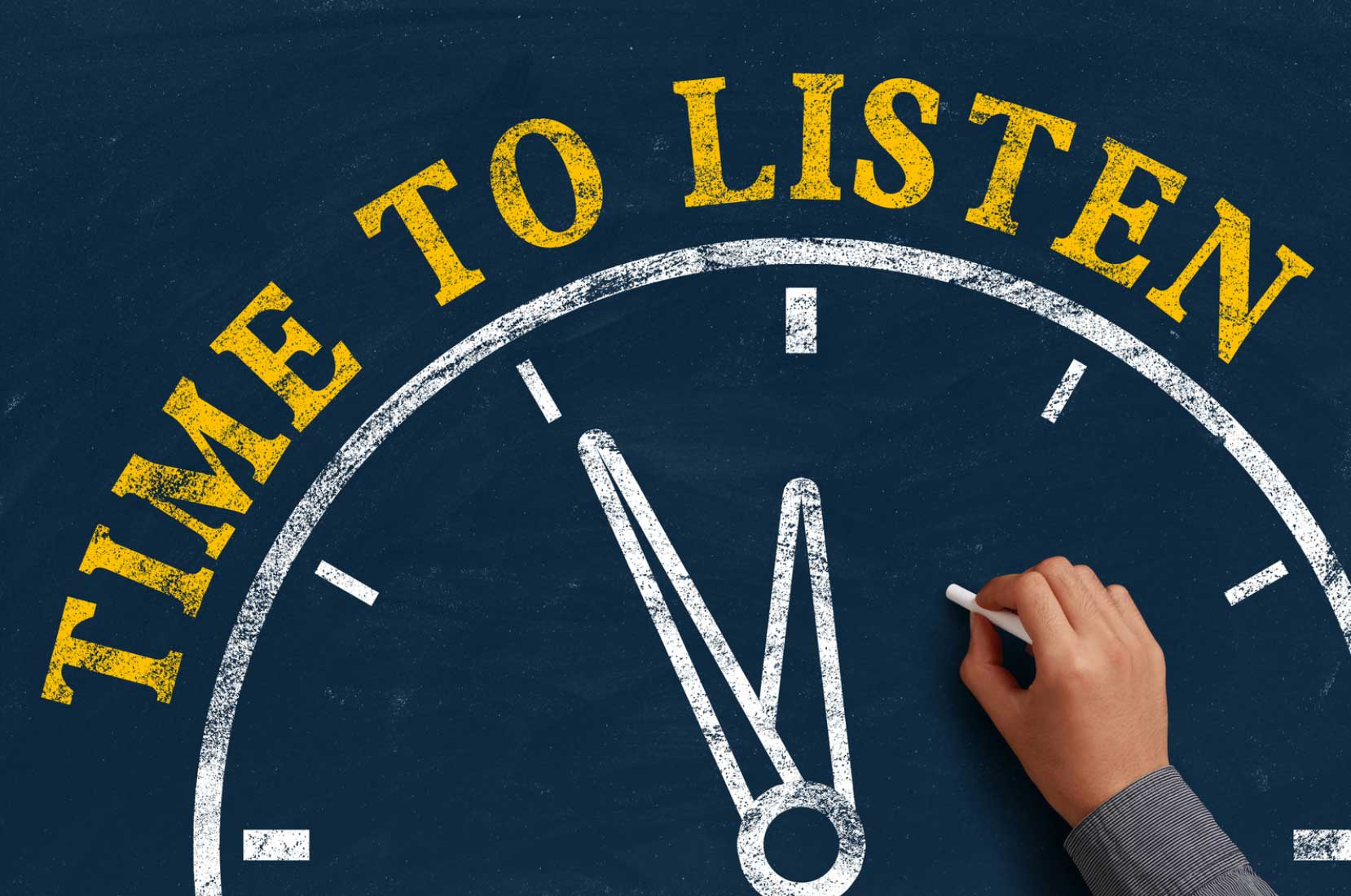
Anyone can speak, but the challenge lies in making people listen. In the professional world, where attention is often divided by numerous distractions, the ability to communicate effectively becomes one of the most valuable skills. Regardless of your role, seniority, or the industry you work in, good communication can set you apart from others. This article will explore various strategies and techniques to ensure that your audience not only hears you but also understands and engages with what you are saying.
Understanding Your Audience

The first step in effective communication is understanding who your audience is. Are they colleagues, superiors, or clients? Knowing the background, needs, and expectations of your audience will help you craft a message that is relevant and appealing to them. Conduct research before speaking to discover what matters to them. This not only shows that you care but also creates a stronger connection.
Structuring Your Message Clearly

Once you understand your audience, the next step is to structure your message clearly. A clear and organized message makes it easier for the audience to follow and understand the information you are presenting. Start with the main points you want to convey, then support them with relevant facts, data, or examples. Using simple language and avoiding unnecessary jargon can also help keep your message easily understandable.
Using Stories to Connect Emotionally

One of the most effective ways to capture your audience’s attention is by using stories. Stories have the power to connect emotions and create a deeper experience for listeners. By sharing personal experiences or relevant concrete examples, you can make your message more engaging and memorable. Stories can also help illustrate the points you want to convey in a more relatable and impactful manner.
Applying Vocal and Non-Verbal Techniques

Communication is not just about the words you choose, but also about how you deliver them. Utilizing vocal techniques such as intonation, volume, and speech rate can make your presentation more dynamic and engaging. Additionally, non-verbal communication, such as body language, facial expressions, and eye contact, is crucial. Ensuring that your body language is open and friendly can make the audience feel more comfortable and engaged.
Inviting Audience Participation

Getting your audience involved in the conversation is an effective way to maintain their attention. Ask questions, encourage discussion, or seek their opinions. This not only makes the audience feel valued but also helps create a more interactive atmosphere. When the audience feels that they have a stake in the conversation, they are more likely to listen attentively.
Addressing Doubts and Uncertainties

Often, the audience may have doubts or uncertainties that prevent them from listening well. Being prepared to address potential questions or objections is an essential part of effective communication. Do not hesitate to face these challenges confidently. Providing clear and convincing information can help alleviate doubts and enhance audience engagement.
Listening Actively

Good communication is not just about speaking; listening is also a vital skill. When you listen actively, you demonstrate that you value the audience’s opinions and are willing to adapt to their needs. This can create stronger relationships and increase trust. Use techniques such as paraphrasing what the audience has said to ensure that you understand them correctly.
Managing Time Wisely

Time is one of the most valuable resources in communication. Managing your time wisely can help ensure that you convey all important points without losing the audience’s attention. Create a time plan for each part of your presentation and make sure to leave time for questions at the end. Keeping your presentation within a reasonable timeframe also shows respect for the audience’s time.
Closing Strongly

The conclusion of your talk is as important as its beginning. Closing strongly can leave a lasting impression on your audience. Summarize the main points you have presented and provide the audience with a call to action or a powerful final thought. This is an opportunity to reaffirm your message and ensure that the audience leaves the conversation with a clear understanding.
Developing Your Speaking Skills

Speaking so that people truly listen is a skill that can be developed with practice and experience. Seek opportunities to speak in public, whether in meetings, presentations, or social events. Ask for feedback from colleagues or mentors to understand areas that need improvement. Over time, you will find a communication style that resonates best with you and your audience.
By applying these strategies, you can enhance your communication skills and ensure that your message is not only heard but also remembered and understood. Remember that the keys to effective communication are empathy, clarity, and engagement. By focusing on how to speak so that people really listen, you will not only become a better communicator but also create more meaningful relationships within your professional context.
Want to dive deeper into the key to making people listen? Join the digital learning module program “How To Speak So People Really Listen” specially designed to help you develop your skills and maximize your potential. Visit campsite.bio/qqgroup and follow us on social media for the latest updates on our digital learning programs.
Mari bersama-sama melangkah menuju Indonesia hebat!
